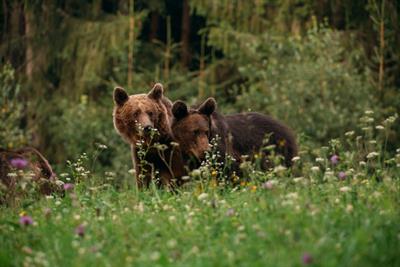Biodiversity conservation is the preservation, maintenance, sustainable use, recovery and enhancement of the components of biological diversity which include plants, animals, micro organisms etc. this conservation can be achieved by ensuring preservation of natural habitat and by creating artificial habitats e.g. zoo, gene banks etc to preserve endangered species.
This is the preservation, maintenance, sustainable use, recovery and enhancement of the components of biological diversity. It can also be defined as the protection, upliftment and scientific management of biodiversity so as to maintain it at its threshold level and derive sustainable benefits for the present and future generation.
Read Also: Problems Associated with Plant Analysis
Measures of Biodiversity Conservation

The conservation can be ex-situ or in-situ.
1. Ex-situ conservation: it is also known as captive conservation. Components of biodiversity are conserved outside their natural habitat e.g. zoo, museum, gene banks, botanic gardens etc. it is majorly used for endangered species to avoid extinction.
2. The in-situ conservation: the ecosystems and natural habitats are conserved, maintained and recovery of viable populations of species in their natural habitats is ensured.
In conclusion, biodiversity conservation is crucial for maintaining the resilience of ecosystems. Specific actions such as the captive conservation and conservation of ecosystems and natural habitats are necessary.
Read Also: Methods of Sampling Plant Tissue
The preservation, maintenance, sustainable use, recovery and enhancement of the components of biological diversity is referred to as biodiversity conservation.
This can be achieved through in-situ conservation (i.e. conservation of the ecosystems and natural habitats, maintenance and recovery of viable populations of species in their natural habitats) and ex-situ conservation i.e. captive conservation to protect endangered species.
Read Also: The Essential Guide to Waste Management





